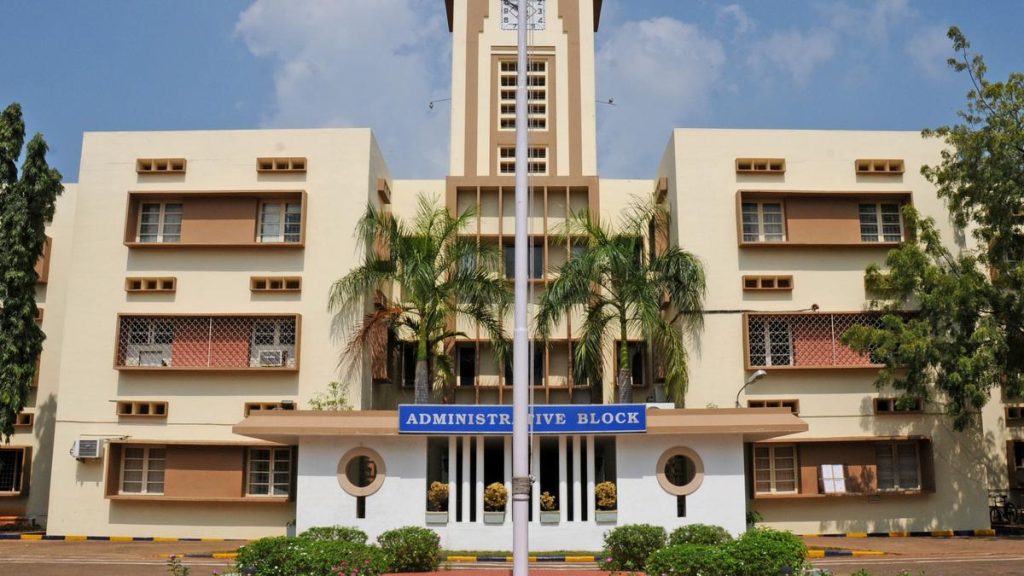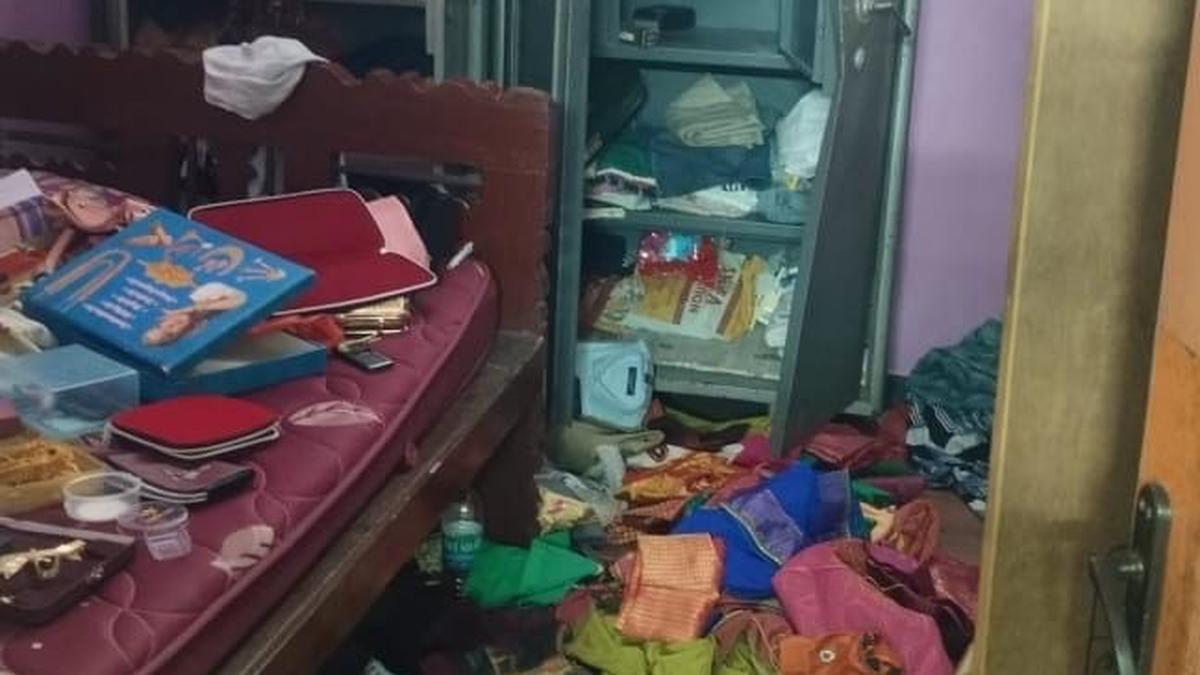Now Reading: Leaders Assess Flood Damage in Bidar District
-
01
Leaders Assess Flood Damage in Bidar District
Leaders Assess Flood Damage in Bidar District
Fast Summary
- Heavy Rainfall Impact: bidar district in Karnataka has witnessed devastating floods over the past three weeks, causing widespread damage to crops, houses, roads, and bridges.
- Crop & Infrastructure Damage: Several crops including soybean, pigeon pea, green gram, and black gram have been destroyed. Hundreds of houses were damaged; foodgrains washed away in low-lying areas.
- relief measures Announced:
– ₹50 crore previously released for flood relief by Chief Minister Siddaramaiah; additional request made for ₹100 crore.
– ₹5 crore allocated for repairing a damaged bridge at Aliyambar village.
– Joint departmental surveys ordered to assess losses; compensation under SDRF (State Disaster Response Fund) and NDRF (National disaster Response Fund) norms promised.
- Officials’ Visits:
– Minister Rahim Khan inspected affected villages in Bidar taluk alongside officials like Assistant Commissioner Mohammad Shakeel and Agriculture Deputy Director Iqbal Ansari.
– Lok Sabha MP Sagar Khandre visited Bhalki taluk villages and instructed urgent crop surveys for insurance compensations while ensuring local relief provisions.
- Special Assistance Sought: Forest Minister eshwar Khandre met the Chief Minister seeking an additional special package of ₹100 crore to address large-scale destruction.
Indian Opinion Analysis
The extensive rainfall has placed immense pressure on the already socioeconomically vulnerable district of Bidar. The government’s proactive measures-₹50 crore immediate aid coupled with requests for more funding-signal urgency but may require sustained intervention given the scale of devastation reported across agriculture and infrastructure sectors. Crop losses highlight potential economic setbacks for farmers reliant on seasonal harvests like pigeon pea and soybean.
Furthermore, damage to connectivity infrastructure such as bridges and roads disrupts essential services like power supply-a crucial burden upon residents already grappling with resource scarcity post-flooding. Relief efforts depend heavily on prompt execution by state agencies as delays could worsen conditions further.
This situation underscores the importance of faster disaster response frameworks at both state-level governance via SDRF/NDRF norms while also ensuring targeted progress policies addressing vulnerabilities specific to backward districts prone to such crises.
Read More: Link
























